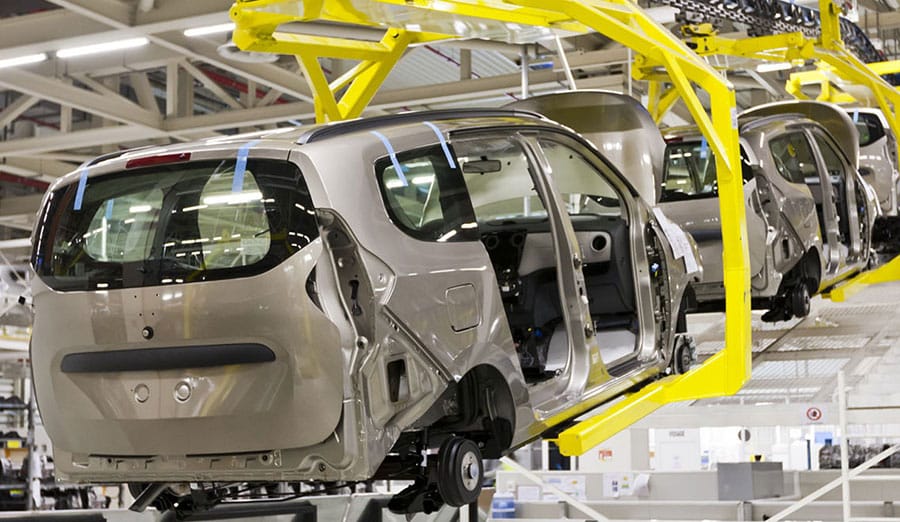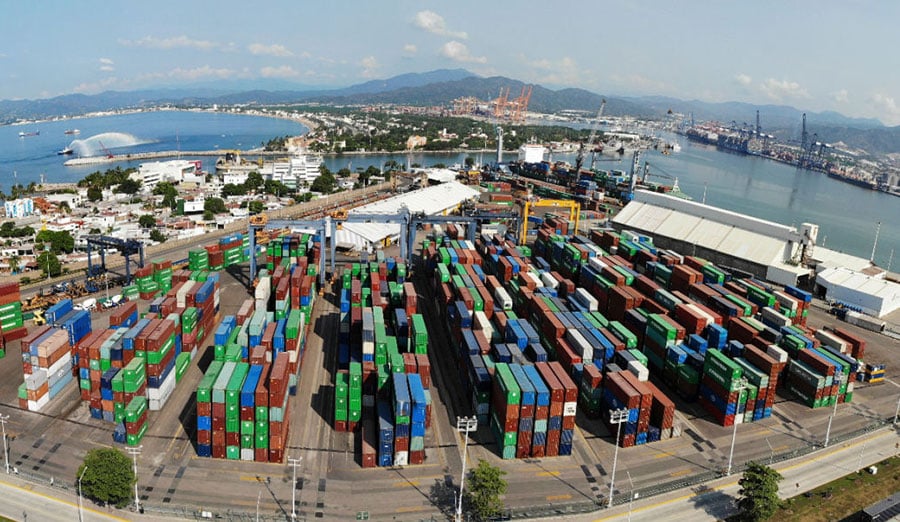More resilience in supply chains
Mexico’s Nearshoring Potential
The Inter-American Development Bank (IDB) estimates that nearshoring could generate up to $78 billion in additional exports from Latin American countries.

Nearshoring as solution for Supply Chain Resilience
Mexico is seen as having the greatest potential as a manufacturing location. The IDB estimates that this would increase Mexico’s exports by up to USD 35 billion. Even before the Covid 19 pandemic, economic tensions between the US and China, as well as the USMCA, the new version of the NAFTA free trade agreement with the US and Canada, have caused companies to strategically realign their supply chains. Port closures, shipping delays and the resulting massive increases in freight costs have significantly accelerated this trend, challenging the cost efficiency and just-in-time paradigms of global supply chains.
According to a survey by the Bank of Mexico, around 50% of foreign companies have increased their investments in Mexico in response to strained trade relations between the US and China and the increased local content requirements of the USMCA. About one-third were motivated to make additional investments in Mexico by the pandemic and Russia’s war in Ukraine. In addition, some 16% of Mexican companies with more than 100 employees have experienced a significant increase in demand over the past 12 months, according to the Bank of Mexico.
Nearshoring is a very hot topic for Mexico and we are seeing increasing investment from Asian, US and European companies to reduce logistics costs, minimise risks in the lifelines and benefit from the USMCA.
Edwin Schuh, Director Mexico and Cuba, Germany Trade & Invest

Why choose Mexico as a production location?
Mexico is a member of the World Trade Organization (WTO), the Asia-Pacific Economic Cooperation (APEC), the G-20, the Organisation for Economic Co-operation and Development (OECD) and the Pacific Alliance, and has 13 free trade agreements with 50 countries. Among these, the USMCA is one of the most important, as it facilitates access to the world’s largest consumer market, the US.
Mexico’s advantages as a production location also lie on the cost side. Real wages in China have more than doubled since 2008, and by around 30% in Brazil and Russia. Mexico is the only G20 country where real wages have fallen, resulting in operating costs that are on average 23% lower than in China.
In the World Bank’s Ease of Doing Business rankings, Mexico ranks 60th, in the top third, and competes well with similar emerging economies such as Indonesia and Vietnam. A comparison of Mexico’s 32 states is also worthwhile when it comes to the availability of local labour, infrastructure or the quality of cooperation with local partners.
Personal contacts are still important for doing business in Mexico. A good place to start is the German Centre Mexico, which can provide important information and establish reliable contacts through its long-standing network.
Your entry to Mexico made easy

Related articles
More news and events
Review: Circular Economy
The German Centre Beijing and AHK Greater China organized the fourth seminar in the China 30.60 decarbonization series: Circular Economy in China.
Have you met Dominique Herold?
An interview with Dominique Herold about working and living in the Tiger State, her passion as a business matchmaker and why Singapore is the best place for expanding businesses.










